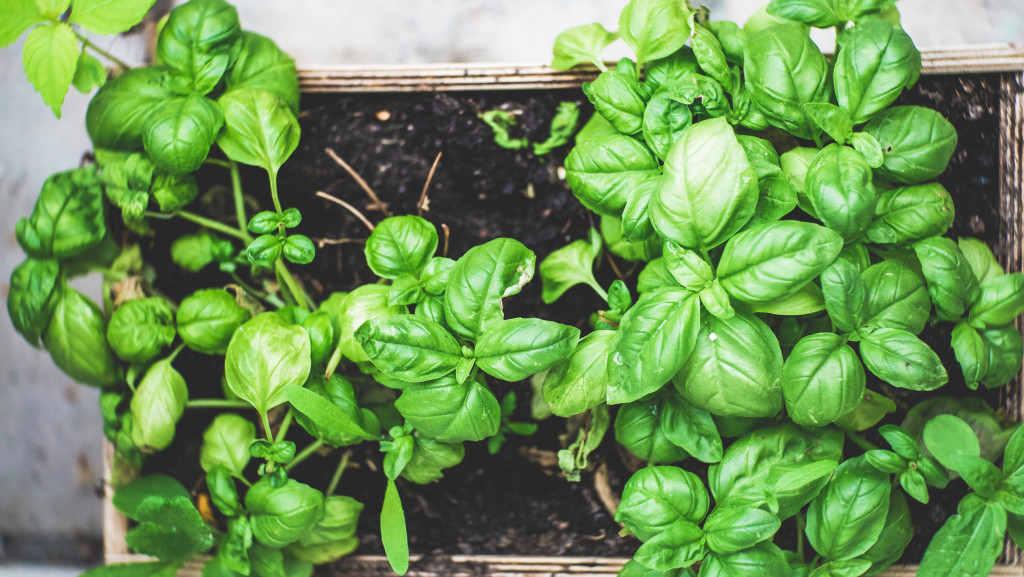
Modern living means that space is a big issue.
And because more people than ever are looking to move into smaller living spaces, having an outdoors garden might even seem laughable, hence the growing popularity of indoor plants.
If you’re exploring your options, did you know that you’re not confined to just succulents and cacti? In fact, it may be time to expand your plant parenting horizons and go for indoor herbs instead.
Worried that your thumbs aren’t green enough (we know what that’s like!)? Put your fears to rest by diving into the rest of this post, where we’ve compiled the easiest herbs that anyone can easily grow indoors.
Chives
Chives are a great choice for an indoor herb garden, especially if you have a sunny spot where they can get plenty of sunlight.
They’ll need six to eight hours of sunlight per day, so if a sunlit spot isn’t an option, place it under fluorescent lighting instead. Chives also love moisture, so be sure to keep other plants nearby.
To keep it happy and healthy, water your chive plant when the top part of its soil feels dry to the touch and trim the leaves regularly at the base, but be careful not snip off more than a third of the bunch at a time.
Mint
Love your drinks with a hint of fresh mint? You’ll appreciate having your very own mint plant on hand, at home.
Pro tip: Growing it indoors in a pot (as opposed to the outdoors) will keep it from spreading all over the garden.
When planting mint indoors, select a pot with a wide surface instead of a narrow and deep one, so that the plant’s root don’t encircle each other and end up choking the plant.
Make sure it gets plenty of sunlight by placing it in a bright, sunny area of your home, and water daily to keep the soil moist but not wet.
Italian Basil
If you often make Italian dishes at home, you’ll know how often you need fresh basil in your cooking.
Growing them at home will not only save you some extra dollars from buying them at the supermarket, they’ll also be easily within reach whenever you need a handful for pasta, pizza or salad.
Luckily, they’re pretty easy to grow indoors too.
Be sure to plant them in well-drained, nutrient-rich soil. They shouldn’t be watered too often, which is why soil drainage is important.
Place them in a sunny spot — basil needs at least six hours of sunlight a day. When harvesting, snip off the leaves rather than the whole stem so that they can grow out again in a few weeks.
Parsley
As with most of the herbs, parsley that’s grown indoors also benefits from plenty of sunlight.
Note that if you’re planting it from seeds, they will require a longer germination period.
Don’t worry if you forget to water your parsley plant once in a while, as they’re pretty hardy even though they prefer moist soil.
Bay Leaf
You might be familiar with the bay leaf herb, but as plants, they’re known as bay laurel.
Plant this in well-drained soil and place it in an area that has full sunlight with a good level of humidity.
Thyme
Thyme is one of the easiest plants to cultivate, especially if you’re starting out with a cutting.
Its roots typically don’t appreciate soggy soil, so be sure to plant it in well-drained soil and a pot with a large drainage outlet. Thyme doesn’t need direct sunlight, so you can pretty much place it anywhere that has indirect sunlight.
Water the plant when its soil becomes dry to the touch.
And because thyme grows pretty quickly, be sure to trim it often to stop it from overgrowing.
Lemongrass
Most lemongrass plants you see are grown outdoors, but they can also be grown indoors.
Its natural scent helps repel insects, and they’re a great addition to Asian-style cooking. The best part is, they’re easy to propagate from the stalks you purchase at the supermarket.
Planting them indoors is also ideal if you live in an area with a colder climate, as they benefit from the warmth. Lemongrass plants tend to grow as large as the containers they’re placed in, so pick one that will work with the space you have and place your pot under full sunlight and water daily.
Pro tip: Harvest the bulbs often to encourage new growth.
Rosemary
Rosemary plants are pretty easy to grow if you have a space that gets plenty of direct sunlight — at least six to eight hours daily.
Pair it with well-drained soil, and you’ll have a 24/7 supply of soothing, aromatic rosemary on hand. Be sure to water it when the top of its soil feels dry to the touch, and never let the soil dry out completely.
During winter, your rosemary plant will require a lot less water than summer season, so hold back on the watering during then.
Oregano
Oregano plants love heat, so growing them in sunny spots with direct sunlight is ideal.
Naturally, this means that you’ll have to place them in a space where there’s a window (or more). Don’t water too often to allow its soil to dry out before watering again.
Prune it often to encourage more leaves to grow.
Sage
Whether you’re using it to ‘cleanse’ the energy in your home or add flavour to your cooking, growing sage indoors always comes with an upside.
These plants are the easiest to grow as they are hardy, flourish all year round, and are drought-tolerant.
Be careful not to overwater the plant and keep it in well-drained soil in a spot where there’s plenty of sunlight. To harvest, simply snip off at the base of each leaf.
Now that you know which indoor herbs grow best, it’s time to get going setting up your own edible garden at home.
Have fun!
Looking for more ways to live a zero waste lifestyle? Start by making your own reusable, fabric bento bags and napkins with our DIY tutorials:
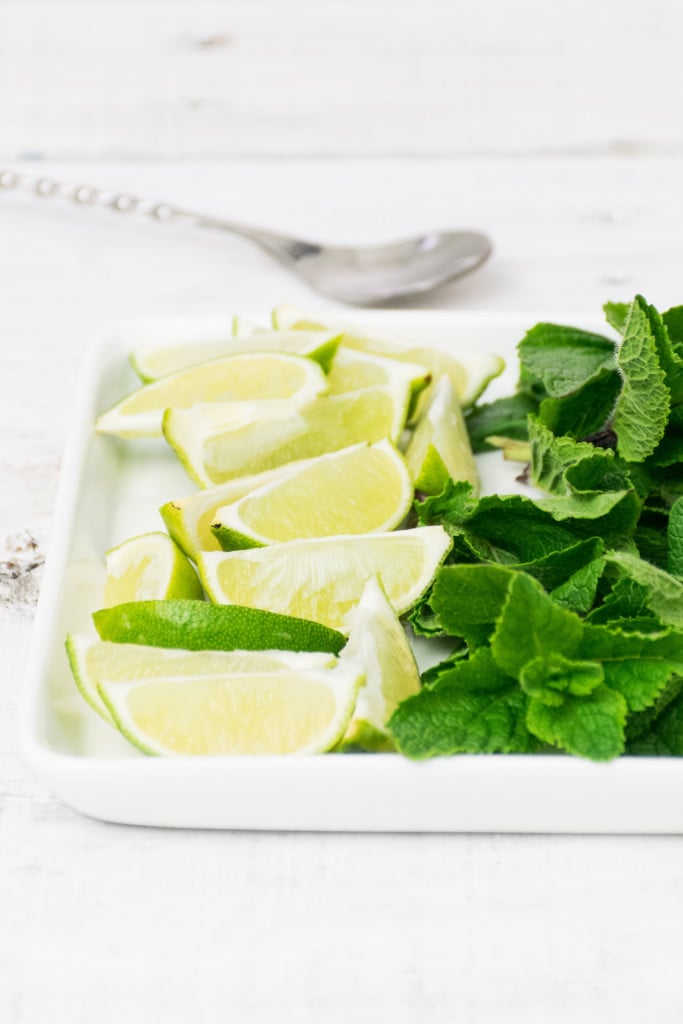
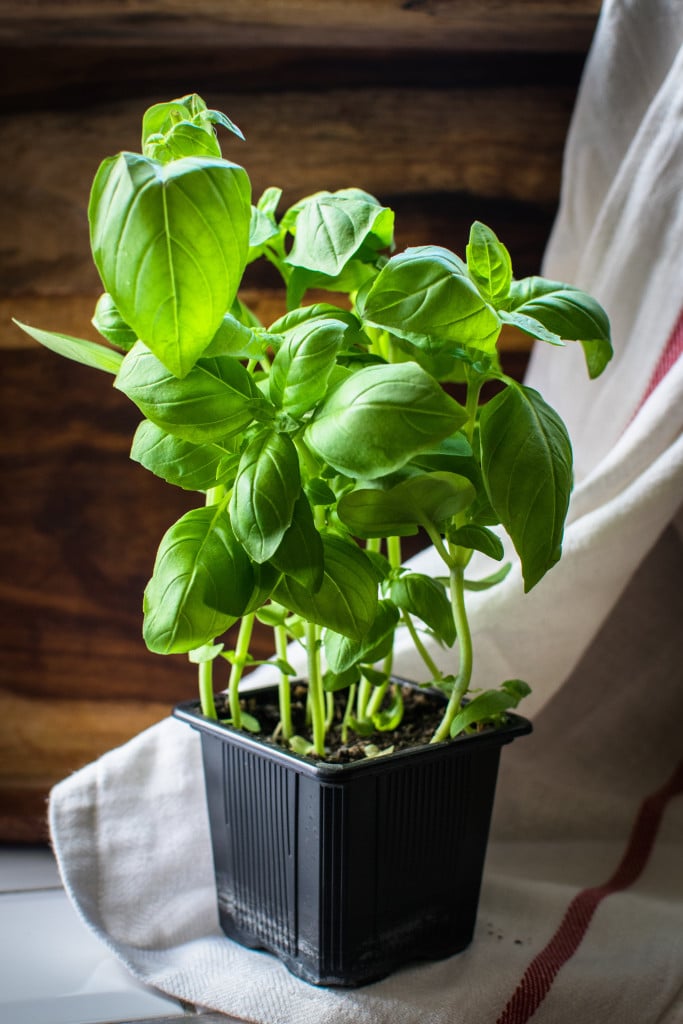
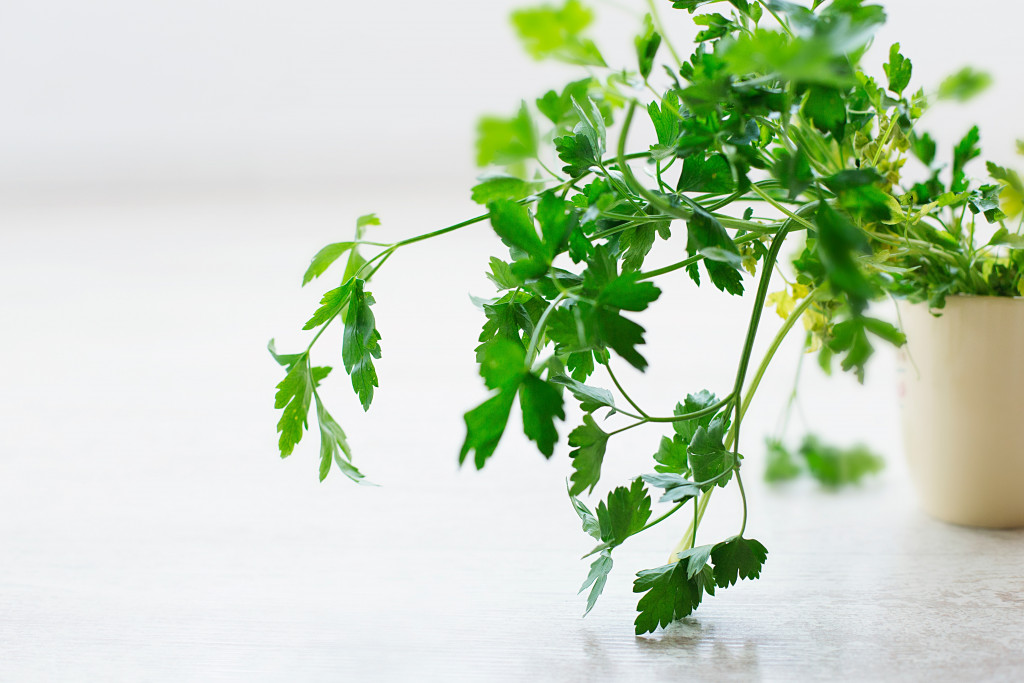
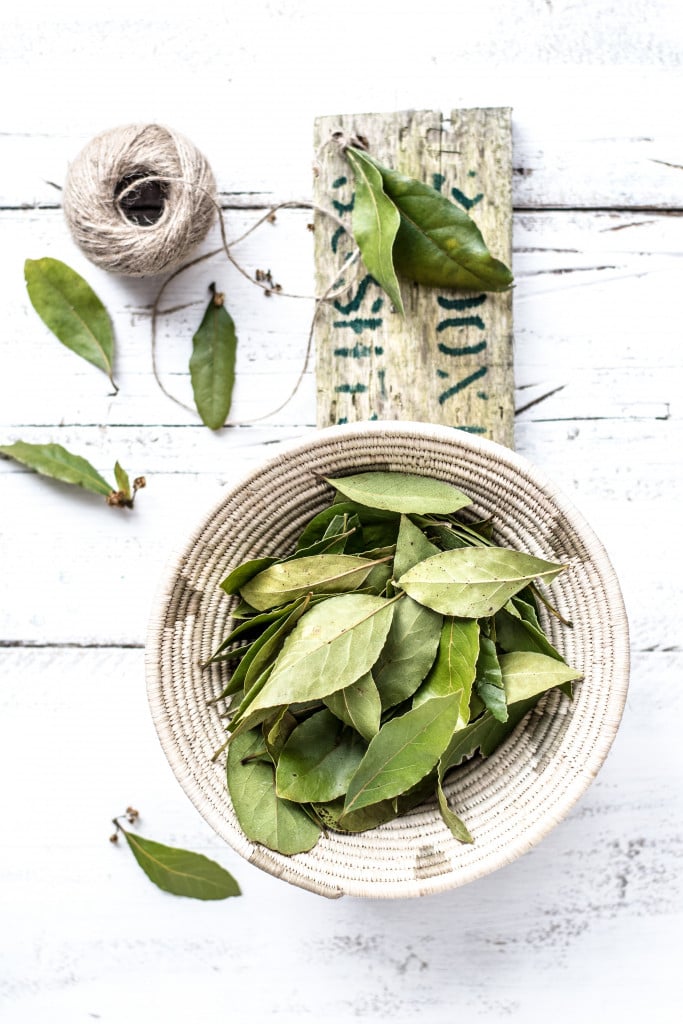
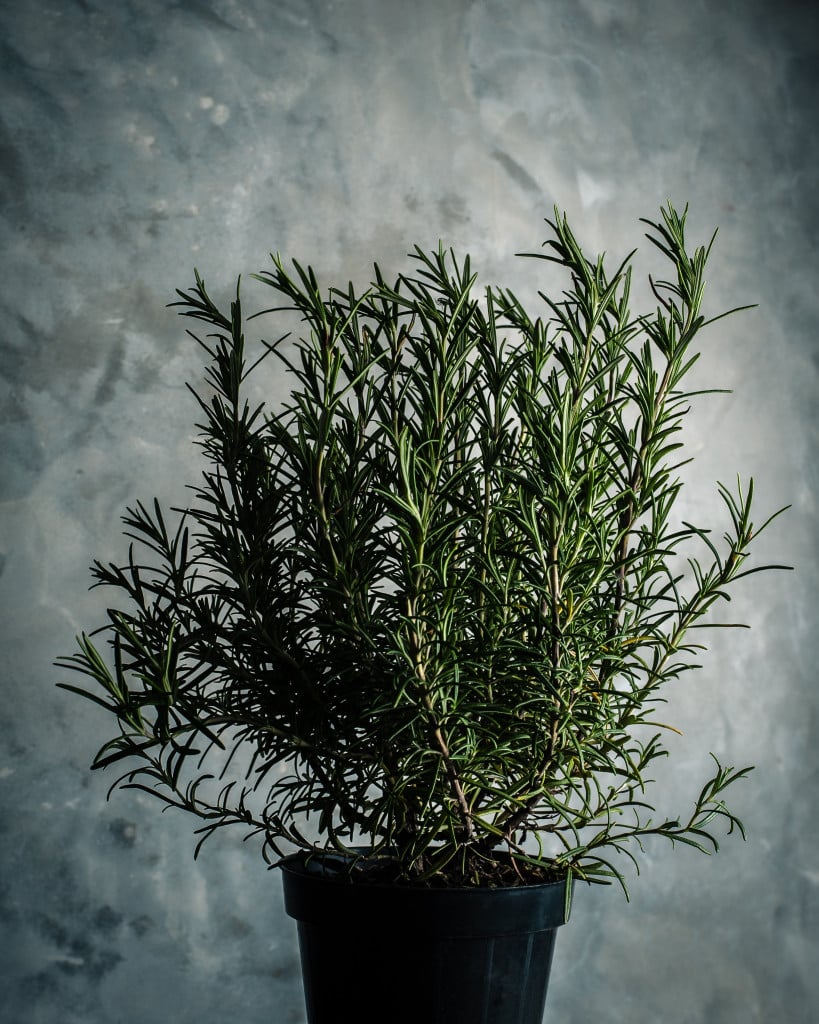
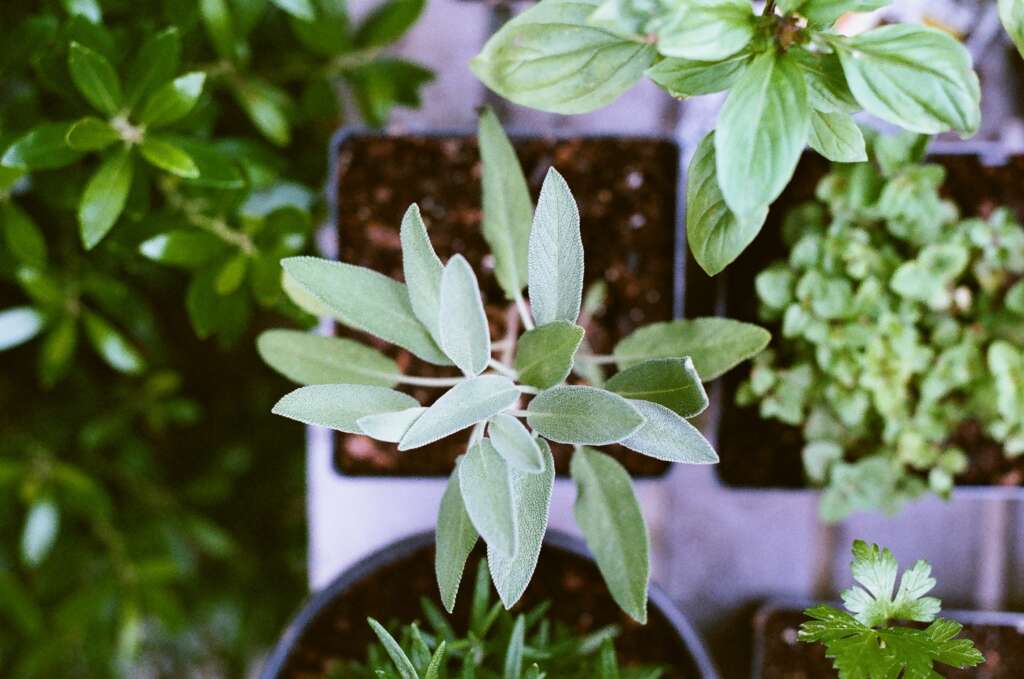












Herbs to Grow Indoors
Apr 20, 2020Great article! I LOVE growing my own herbs, there’s really no better feeling than harvesting your own herbs and veggies. Every year, I keep adding to my herb garden, and this year, with all that’s going on, it’s going to be massive.